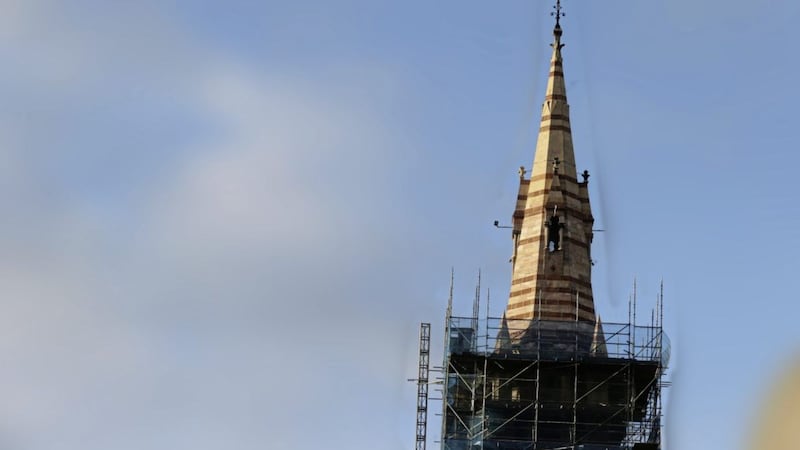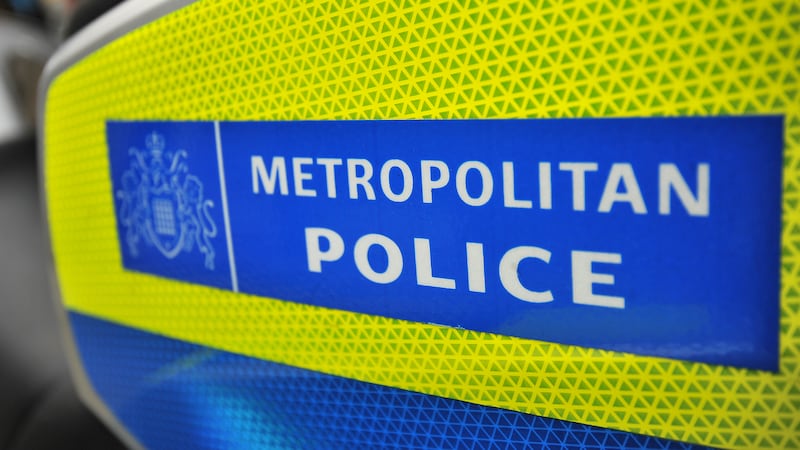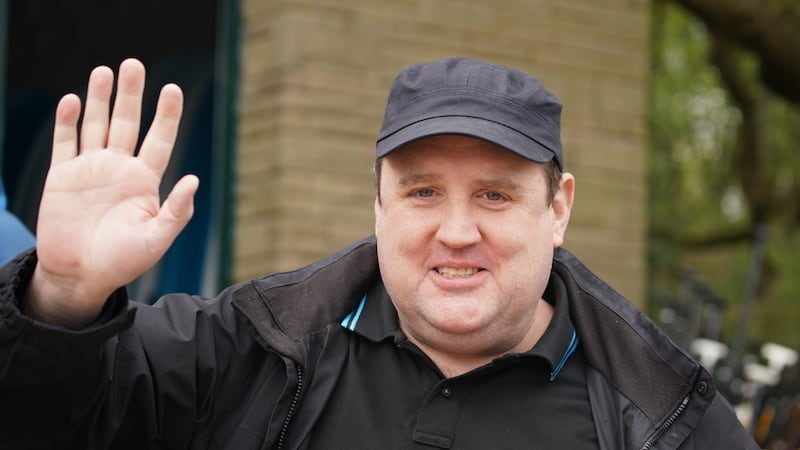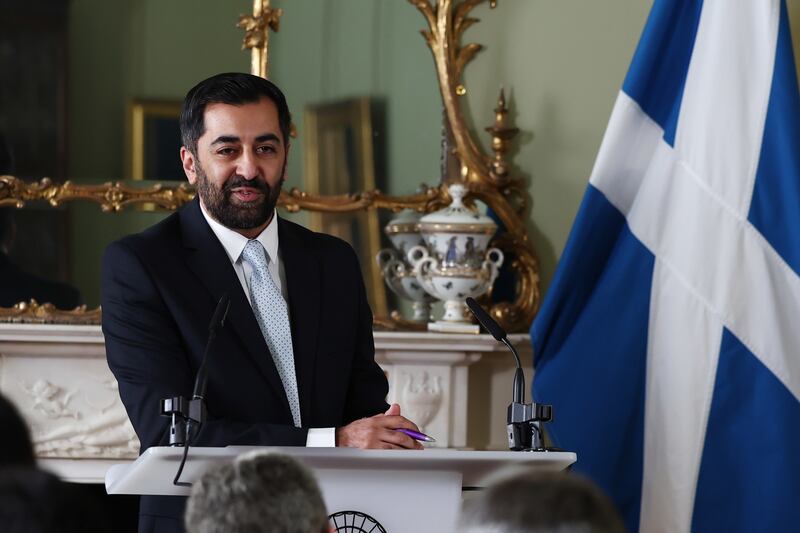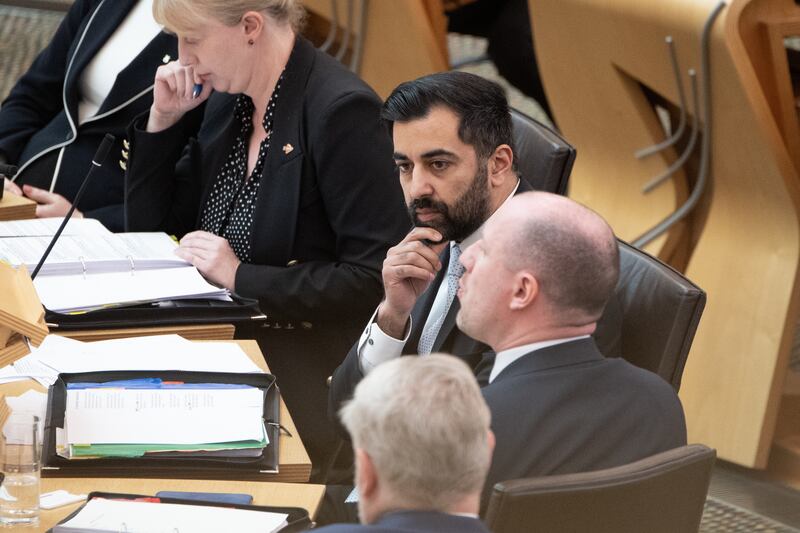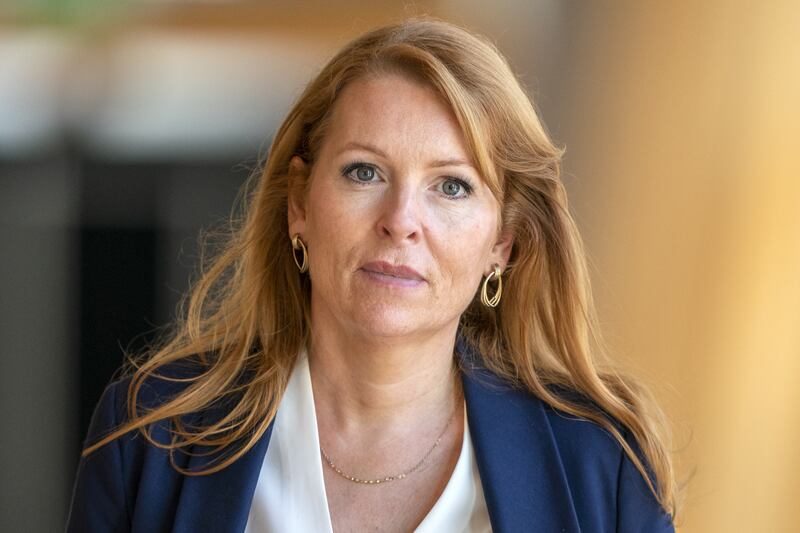ASK an artist to paint a colour-coded graph depicting historical voting patterns in North Belfast - they'll use roughly the same amount of green and orange.
Only the shades will differ slightly in a polarised constituency that has returned three unionist and three nationalist/republican candidates in every Stormont poll since 2003.
This is perhaps unsurprising in an area where about 47 per cent identify as Catholic and 46 per cent Protestant.
But, this streak of three and three must come to an end - with only five seats available.
Security, flags and parading issues have been to the fore in recent years with trouble spots including Ardoyne shops/Twaddell and St Patrick's church.
St Patrick's became a sectarian flashpoint after a controversial incident during a Twelfth parade five years ago.
In Ardoyne, agreement was reached last year over long-running parade dispute that cost an estimated £20 million to police over the past three years. It began after a Parades Commission determination not to allow the return leg to pass a section of Crumlin Road.
Most recently, a busy petrol station was sprayed with automatic gunfire during a drive-by shooting that injured a policeman.
Slightly more than half of the electorate - 52.5 per cent - voted last time. All six outgoing assembly members are defending their seats and there is some debate about who is most vulnerable.
Some predict it will be a head-to-head battle between former Sinn Féin minister Carál Ní Chuilín and the SDLP's rising star Nichola Mallon.
At a glance it might appear that Ms Mallon is the most vulnerable, simply because she was last over the line in 2016.
Her party is confident, however, as one would expect. She should hold onto the middle class vote and, being from Ardoyne, will also target working class areas that would have been traditionally Sinn Féin.
She may also augment her first preferences with transfers from the unpredictable middle ground and soft unionism.
Ms Ní Chuilín would expect to benefit greatly from Gerry Kelly's surplus, presuming he tops the poll again and with careful vote management in different areas will hope to maximise her chances.
The pair may also rely on the transfers of People Before Profit and Alliance.
Others suggest that the DUP's third seat could be under threat but the party has been the dominant unionist force in this area for years.
The DUP was supposed to be vulnerable to a resurgent UUP or the PUP in 2016, but the UUP's choice of Rev Dr Lesley Carroll, one of the north's best-known female clerics, failed to make any impact - the PUP's Billy Hutchinson likewise.
This time the UUP has chosen the relatively unknown Robert Foster to contest his first election, and he'll remain an unfamiliar face to many as he chosen not to put up any posters.
The PUP has given the nod to Oldpark councillor Julie-Anne Corr Johnston - with some suggesting she might enjoy greater success.
While Alliance's Nuala McAllister, who is due to be the next Belfast Lord Mayor, and People Before Profit's (PBF) Fiona Ferguson should do well enough, it is unlikely that they, or any other middle ground candidate will muscle in.
****
2016 share of first preference vote
DUP 35%
SF 26.5%
SDLP 10.6%
Alliance 7%
UUP 5.4%
PBP 3.5%
PUP 3.4%
Other 8.7%
****
CANDIDATES
Paula Bradley (DUP)
Julie-Anne Corr-Johnston (PUP)
Fiona Ferguson (PBP)
Robert Foster (UUP)
William Humphrey (DUP)
Gerry Kelly (SF)
Nichola Mallon (SDLP)
Nuala McAllister (Alliance)
Nelson McCausland (DUP)
Adam Miller (Independent)
Carál Ní Chuilín (Sinn Féin)
Malachai O'Hara (Green)
Gemma Weir (WP)
****
Seats won in 2016
3 DUP
2 Sinn Féin
1 SDLP
